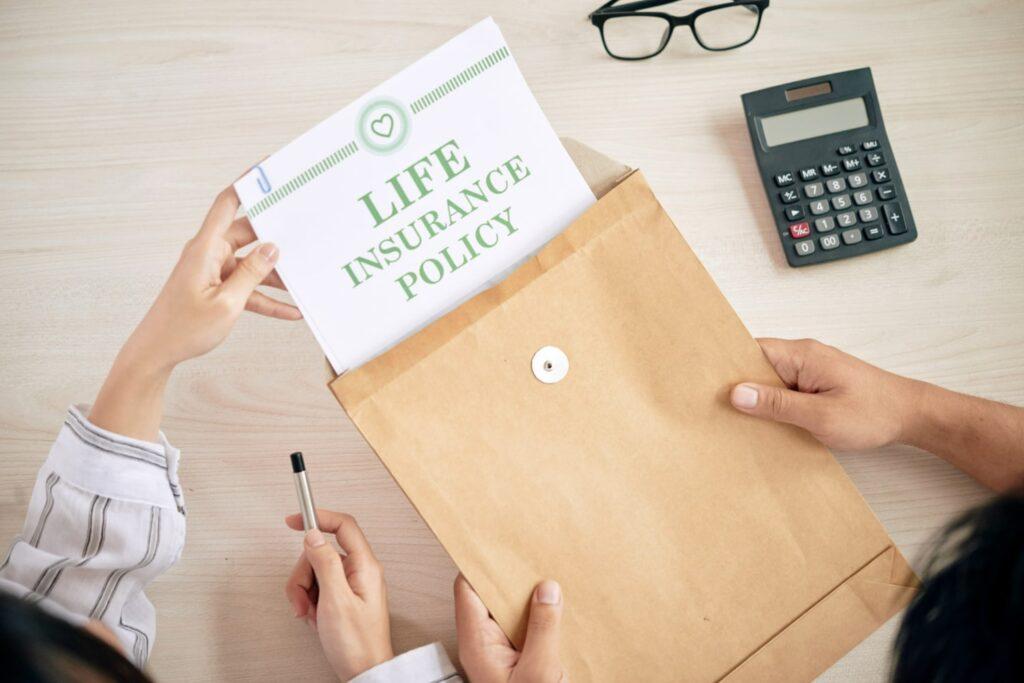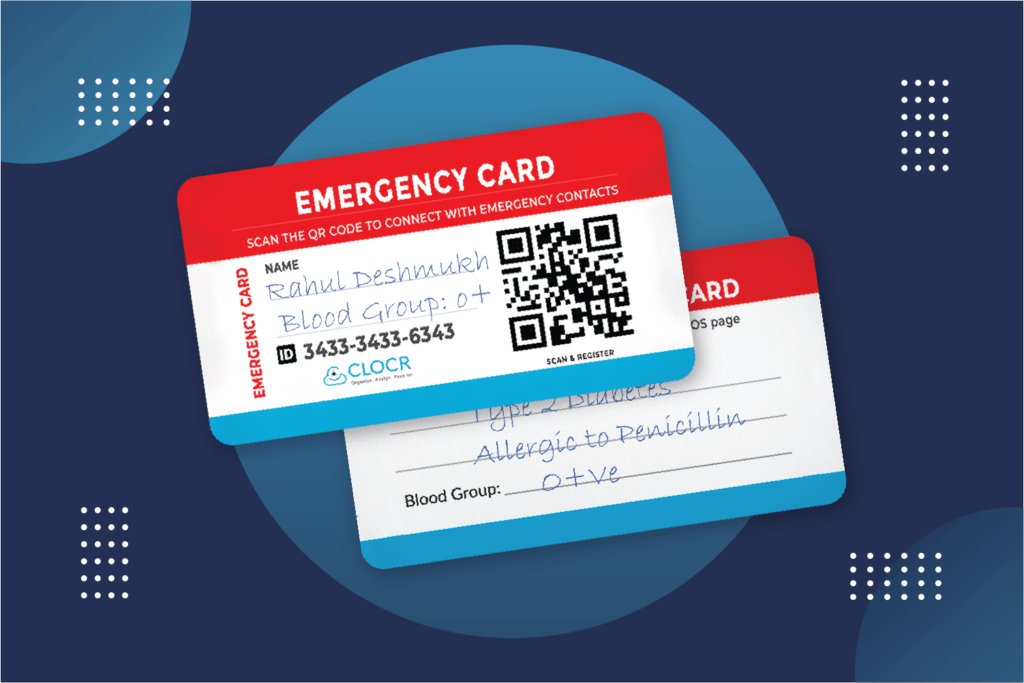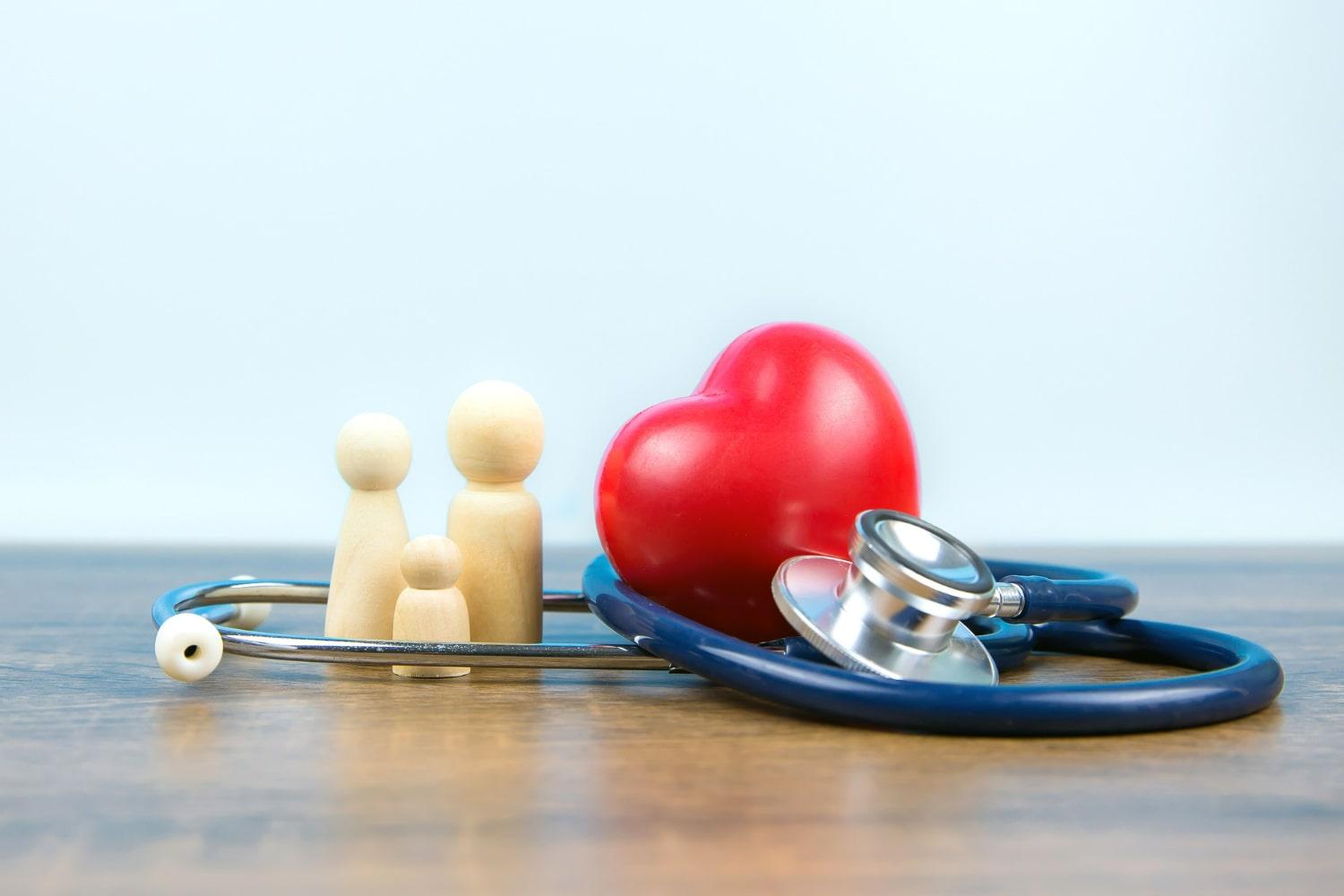Life comes with highs and lows. So, it is better to “Expect the Unexpected.” Reportedly, Over 6 million car accidents occur in the USA annually due to the increasing number of vehicles. Furthermore, the US is a country with diverse climatic changes. The country experienced 97 disasters in 2021. Hence, an emergency preparedness plan guides in coping with an unforeseen event, thus, minimizing the risk to life and property.
Besides, having a family emergency plan with an emergency contact list is essential for every individual. This blog highlights the significance of emergency planning, the essential things to include in an emergency plan, and how to implement it.
What is planning and preparedness?
Before understanding planning and preparedness, we need to know what an emergency is. An emergency is an unexpected event that is beyond the capacity of typical resources or organizations to cope. Emergency planning prepares for unexpected events, such as large scale incidents or disasters. Moreover, emergency preparedness planning is a broad term that involves the principles of emergency, risk, hazard management, and disaster. We consider an emergency dangerous as it can cause potential loss of life.
The following are the four types of emergencies:
- Routine dispatch problem
- Incident
- Disaster
- National (or international) disaster
Emergency plan example
Natural disasters like floods and severe storms can often be predicted. A prediction provides valuable time to create an emergency plan to combat the disaster. Evacuation is a crucial step during an emergency. Secondly, the other protective actions for life safety are sheltering, sheltering-in-place, and lockdown.
Furthermore, the preventive measures in an organization are establishing a team of trained personnel, moving equipment to safer locations, and providing alternate sources of power and water. You must establish an appropriate plan and stock the resources necessary to endure the emergency promptly. The plan must assess the risk; minimize the loss of life and property damage.
The following are the “musts” in an emergency plan:
- Ensure the safety of people first and next save the property
- Arrange a first aid kit for the staff
- Identify the evacuation routes
- Provide appropriate treatment to the injured and search for the missing
- Specify a safe location to gather for headcount
Things to include in medical emergency preparedness plan?
Emergency preparedness in the workplace combats a disaster with adequate resources and training. Also, it provides an idea of how the event would affect them and how well-prepared the organization is. Further, the timely response to combat the emergency helps to minimize the loss of lives and reduce the damages incurred during the event.
Moreover, the common emergencies are natural disasters, fire, external threats such as protests, radiation, workplace violence(shooting), and medical emergencies. The emergency preparedness plan must include evacuation routes, duties of trained personnel, and first aid locations.
Medical emergency preparedness is of utmost importance. The primary purpose of the medical preparedness plan is to save lives. The following are the things required in the medical emergency preparedness plan:
1. Key Contact Information
While combating an emergency, including the contact information of key employees is essential. Also, the plan should include off-site vendors’ contact information to ensure operations’ safety and continuity. The contact information should entail the name, phone number, and email id.
2. Suggested Hospitals
A medical emergency can arise at any time. And time is a crucial resource. So having a recommended list of hospitals in place is a time-saver rather than being perturbed. While creating the list, keep in mind the distance of the hospital from the organization. While choosing a hospital, consider the following facilities:
- Casualty department
- Trauma team
- Bypass facilities
- Intensive Care Unit(ICU)
- MRI
Review these facilities and ensure the victim receives the best life care services.
3. Transportation Resources
In a medical emergency, transporting the victim to definitive life care is challenging. When getting a patient to the hospital, time and distance matter. Hence, including the transportation resource’s contact information is crucial.
Furthermore, the mode of transportation is of two types: ground or air. You must have contact information, such as the website, name, phone number, and email id of one of the key personnel.
4. Prevalent Health Risks
The devastating pandemic shook the entire world. It has even changed how medical care operates. However, the risk of certain viruses is more prevalent in some areas of the world and in specific seasons. So, including a brief description of the susceptible viruses around your region in your medical emergency plan is essential.
5. Medevac Plan

A medevac or medical evacuation insurance plan comprises emergency, security evacuation, and repatriation. While most travel insurance plans offer basic coverage for medical evacuation, a medevac plan transports you to the hospital of your choice. Afterward, when you recover, they arrange a medical transportation resource to get you to your preferred hospital back home.
Include the insurance provider’s contact details in your emergency medical plan to easily access information and reduce stress when an unprecedented event occurs.
6. Diplomatic Resources
When employing expatriates, including the contact information of diplomatic resources like embassies in the emergency medical plan is essential. The contact information includes the name, phone number, address, email id, working hours, and website for each embassy.
How to implement an emergency plan?
- Establish a team of professionals.
- Identify and assess the risk.
- Develop a plan.
- Implement and evaluate the plan.
Important things to know about emergency planning
The following are the four phases of emergency planning:
Mitigation
Mitigation is an important step. Moreover, it involves preventing emergencies, reducing the chances of an emergency, and reducing the damages of the event. And the mitigation activities can be either before or after an emergency. For example, purchasing fire insurance for your home.
Preparedness
Preparedness consists of activities to increase the community’s ability to respond to a disaster or accident. However, you can plan a preparedness activity before the event occurs. For example, training for response personnel and citizens, disaster exercises to test capabilities and planning, stocking food and water before floods, and conducting hazard education campaigns.
Response
Response, in essence, is executing your emergency response plan. It involves activities during and after an unexpected event to save lives, reduce damage, and decrease economic losses, e.g., evacuating people in case of a disaster, providing shelter, firefighting, and ensuring timely emergency rescue and medical care.
Recovery
The final step in emergency management is recovery. It involves activities to resume normal operations and ensure business continuity after an emergency. Further, it involves repairing the physical and socio-economic damages during the unprecedented event. An emergency recovery happens after the event. For example, financial assistance for the affected individuals, rebuilding public property like roads and bridges, and cleanup of debris.
Why emergency preparedness planning is important?
The main objective of emergency preparedness planning is to reduce damage, reduce injuries, and maintain business continuity. Furthermore, planning for emergency preparedness is essential due to the following reasons:
- Reduce the fatalities.
- Reduce damage to buildings, equipment, and stock.
- Protect the environment and the community altogether.
- Reduce downtime and resume the organization’s operation.
While prevention entails avoiding or stopping an incident or a disaster, protection involves securing the people and the organization against impending disasters or accidents.
Conceptualizing an emergency plan is the most critical part of emergency planning. An emergency response plan is a set of written procedures for tackling emergencies, minimizing the event’s impact, and helping faster recovery. It helps to understand the vulnerabilities and deficiencies of the system and take proactive measures to resolve the problems. So, planning for emergency preparedness ensures sufficient resources, appropriate equipment, and trained personnel to face an unexpected event.
Furthermore, an emergency plan focuses on protecting people first and property second. Above all, emergency preparedness and response plan are crucial to saving lives and reducing damage.
Should we include a medical emergency contact card in preparedness planning?

Besides the medical emergency essentials, you must include a medical emergency contact card in your preparedness plan. A medical emergency contact card communicates your basic and required medical information to your rescuers. Knowledge about your medical conditions and allergies helps to provide correct and timely treatment to avoid any inaccuracies in treatment – and save your life.
The following are your basic details to include in your emergency contact card:
- Name
- Address
- Phone Number
- Blood Group
- Birth date
- Social Security Number
- Health Insurance provider
- Physician
Furthermore, the following are the contact details to include in the emergency card:
- Emergency Contact Numbers
- Physical or medical conditions
- Disability
- Allergies
- Medications
- Equipment needed
Moreover, keeping multiple copies of the card in different places, such as your car, purse, and emergency kits, is essential.
Conclusion
An emergency preparedness plan can be personified as a blueprint or a teaser before the event hits you. However, it is difficult to predict all the possibilities of an emergency. Training and drills prepare the critical sections of the plan. Moreover, it gives you an idea of the system’s vulnerabilities and how well-equipped you are ahead of the emergency.
Create a preparedness plan taking into consideration the small and big details. And the fundamental objective of the emergency preparedness and response plan is to save lives and minimize property damage. Remember, a calm and vigilant mind helps to tackle the emergency better. Above all, emergency preparedness is not only the state’s responsibility but of every individual.
Clocr provides you with a revolutionary emergency planning service. What does Clocr’s emergency planning include? The emergency card and Emergency Vault (ICE Vault) are the two integral parts of Clocr’s emergency planning. How does it work? When an unforeseen incident strikes you, a quick QR scan of the emergency card by the person who helps you sends three alerts: Call, GPS, and SMS to your emergency contacts.
Besides, as the emergency card is a physical card, its use is independent of your mobile phone. The second part of the emergency planning is the ICE vault – which secures your medical and insurance documents; your emergency contacts can access them during the emergency. So, face the unexpected – Join Clocr today!




